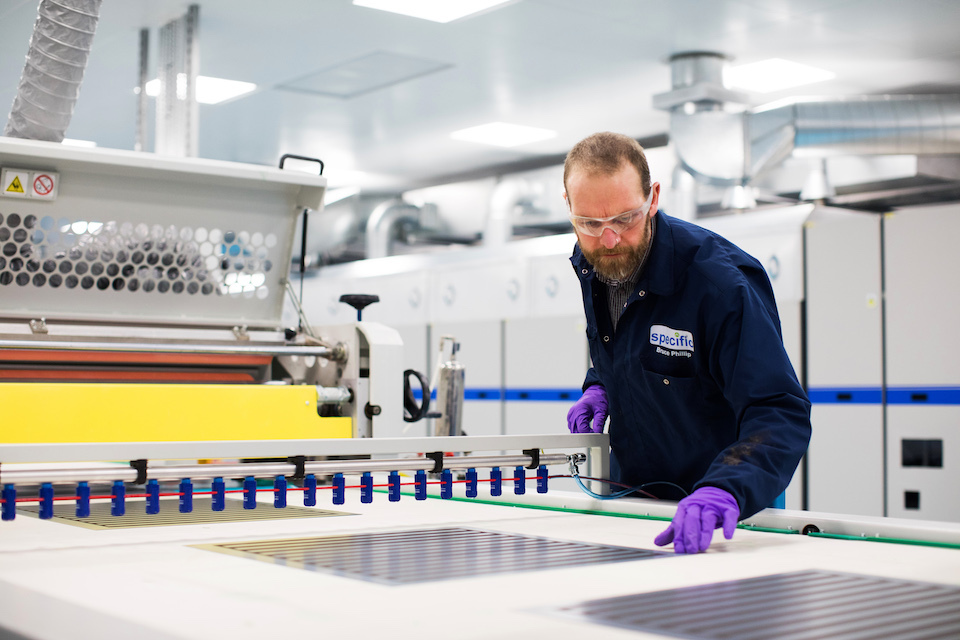Self-powered buildings to transform energy use
A pioneering project in South Wales has shown how buildings can create all the energy they need and more. Now proven, the technique is set for wider roll-out.

The Active Building Classroom at Swansea Bay Campus
Applying new building techniques to housing could lead to real savings for energy consumers – modelling suggests energy bills could be reduced by 60%. Ultimately, housing that generates and stores its own power could not only offset climate change but transform one of its significant contributing factors.
SPECIFIC - Self-powered buildings
Active buildings
The Active Classroom at Swansea University is the UK’s first energy-positive classroom. In its first year it generated more than one and a half times the energy it consumed.
The building, named Project of the Year by the Royal Institution of Chartered Surveyors (RICS) Wales took just 8 months to build and uses a mix of technologies to create as much energy output as possible.
The steel roofs have integrated photovoltaic (solar) cells connected to batteries with enough capacity to provide several days of power. The building also features steel cladding to capture solar heat energy, as well as an electrically heated floor coating.

Quality control at the SPECIFIC Pilot Manufacturing Lab, Port Talbot, Wales.
Energy saving
The Industrial Strategy Challenge Fund has already provided funding for a new Active Building Centre to further progress the uptake of this sort of technology.
21st century construction
Professor David Worsley from Swansea University, who is leading the project, said:
The idea that a building has to consume power to survive is a bit 20th century. We can generate up to 50% more power from a building than it uses.
If we make buildings that generate more power than they use, over time, the built environment can play its part in decarbonisation.
Global applications

The SPECIFIC team inside the Active Building classroom
The Active Classroom was designed and built by the SPECIFIC Innovation and Knowledge Centre at Swansea University. The University is also now leading Project SUNRISE, a £7 million consortium of UK and Indian universities that aims to put solar energy and new technologies into 5 villages in India, allowing them to become energy self-sufficient.
From self-powered buildings to whole communities
Recently, the technology has been applied to housing too, with a 16-home development in Neath, in partnership with social housing provider Pobl Group.
Government support
SPECIFIC was set up in 2011 with a 5-year £20 million commitment from the Engineering and Physical Sciences Research Council (EPSRC), Innovate UK and the Welsh Government, along with investment from Swansea University and industrial partners.
The second phase of the project began in April 2016 with £26 million funding from EPSRC, Innovate UK and the European Regional Development Fund through the Welsh Government.
Following the success of the Active Classroom as a demonstrator, Innovate UK supported the construction of SPECIFIC’s Active Office, opened in June 2018, which accommodates 30 members of staff and can share solar energy with the neighbouring Active Classroom.
Updates to this page
-
First published.